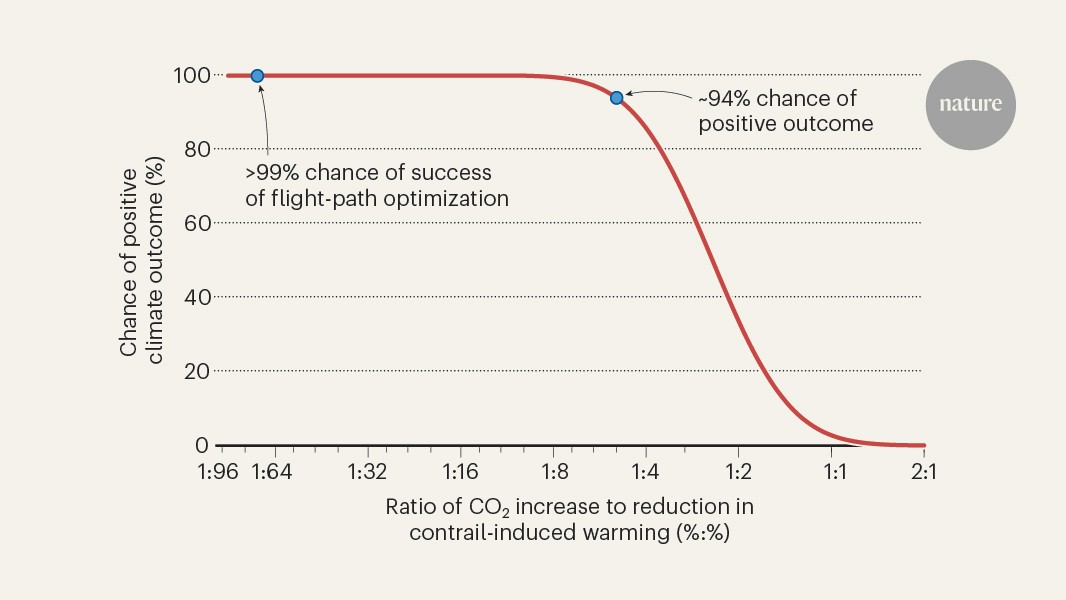
"A decision-making tool for the aviation sector helps to assess the likelihood of a net positive outcome from climate actions that can have competing effects on warming."
"Aviation produces carbon dioxide emissions that contribute to climate warming, while also driving warming through shorter-lived effects related to contrails and NOx emissions."
"The energy added to the atmosphere by aviation's non-CO2 effects over periods of a few years is estimated to be comparable to the cumulative energy input from all aircraft CO2 emissions since the 1940s."
"Uncertainties associated with these estimates have made it hard to decide on the best approach for mitigating warming caused by non-CO2 effects when actions could increase CO2 emissions."
A decision-making tool has been developed for the aviation sector to evaluate the likelihood of achieving net positive climate outcomes despite competing warming effects. Aviation contributes to climate change through carbon dioxide emissions and additional warming from non-CO2 impacts like contrail formation and nitrogen oxide emissions. The added energy from these non-CO2 effects is estimated to equal the total CO2 emissions from aviation since the 1940s. Ongoing uncertainties hinder effective mitigation strategies that manage the risks of increased CO2 emissions alongside non-CO2 effects.
Read at Nature
Unable to calculate read time
Collection
[
|
...
]